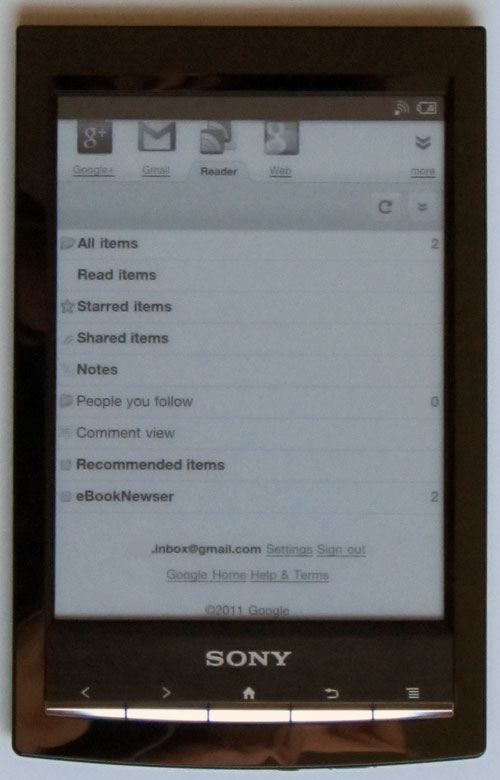


The drawback of the second option is that it creates a second copy of the book. Second, iTunes can create a copy and store it in the iTunes media folder. First, iTunes can just use the Calibre copy of the book. How do you want your iTunes to handle the books? There are two options. You must have iTunes open on your computer in order for the “Connect to iTunes” function to work.ġ. You can use the “send to device” feature for your iThing, but perhaps you just prefer to use iTunes to collect all your media (particularly with the over the air synching and the cloud features). The Connect to iTunes function allows you to send books to iTunes and then when you sync your iOS device, either via USB or now over the air, the calibre books will show up. This is useful if your device is not recognized by calibre or you use an SD card. Connect to folder allows you to use a folder on the computer as a device. This button allows you to connect to a folder, iTunes, start the content server, and send via email. Then create a new plugboard: Format=epub | Device=apple | Source template ” This results in the following output: “21-Jan-01 Sizzle in the City – Wendy Etherington.mobi” (I use mobi instead of epub, but you get the idea)Ĭonnect/Share button. Alternatively, you can use the existing “tag” field. Go through and mark the books in your library. For column type, select “Text, column show in the tag browser.” As with any new column, you will have to restart calibre. You may generically name it “genre” in case you want to use it for some other purpose otherwise you could name it “ibooks_cat” or something like that. First, create a custom field that you will want to use to sort your iBooks. Using this in conjunction with iBooks can sort your books into separate categories on your iOS device. If you have modified the plugboards to change the title when the book is sent to the device, the action will take place when you hit the “Send to Device” button.Ī special plugboard that you may want to create is a “genre” plugboard that corresponds with a “genre” or “tag” field. For instance, if you had a “TBR” column, you could filter for just those books that you want to read and then when all those books are shown, select and then send to your device. This is where your special columns and saved searches come in handy. You can use the drop down menu to change that feature. If you always use the same action, such as sending the device to the memory card, you can set that as the “default” which means when you press the “Send to Device” button, the book will be sent to the memory card. “Send to Device” gives you the option of sending the book to the main memory or the memory cards. CMD/CTRL + P -> “Toolbar” -> “The main toolbar when device is connected” -> Then drag over the “Send to Device” icon from the “available actions” column to the “current actions” column. If you don’t see it, you may need to modify your tool bar. Once you plugin the device, you should see a “Send to Device” icon on the menu bar. Calibre recognizes almost every mainstream device from the Kobo, Sony, nook, Kindle, Cybook, and the iOS devices. Tethered means to physically attach your device to your computer using the USB cord. You can use the tethered or the over the air (untethered) method.
#Calibre ebook reader zoom in how to#
Now that you have your Calibre database set up just the way you like it, you need to figure out how to get the books from your computer to your device. However if you simply press Ctrl and scroll the mousewheel up, the document view is zoomed, thus increasing the page width such that eventually you’ll see a horizontal scrollbar.JanuGetting eBooks from Calibre to Your Device Using Send to Device and the Connect/Share Functions. Take MS Word for example - if you select all the text (Ctrl+A) and increase the font size (Ctrl+]), the page width remains unaffected but naturally less text fits on each line and thus the text re-flows. Different document readers/editors behave differently in this regard. What you want is for the text to re-flow on zooming in. It means that the amount of pages of an eBook increases this way. That also is how it is handled at an eReader. If in a smaller size 20 words were on one line, then after zooming, 14 words are on that line, the page width is kept. Just to compare… If ADE is used as eReader program, then zooming in increases the font size but it does not affect the page width.


 0 kommentar(er)
0 kommentar(er)
